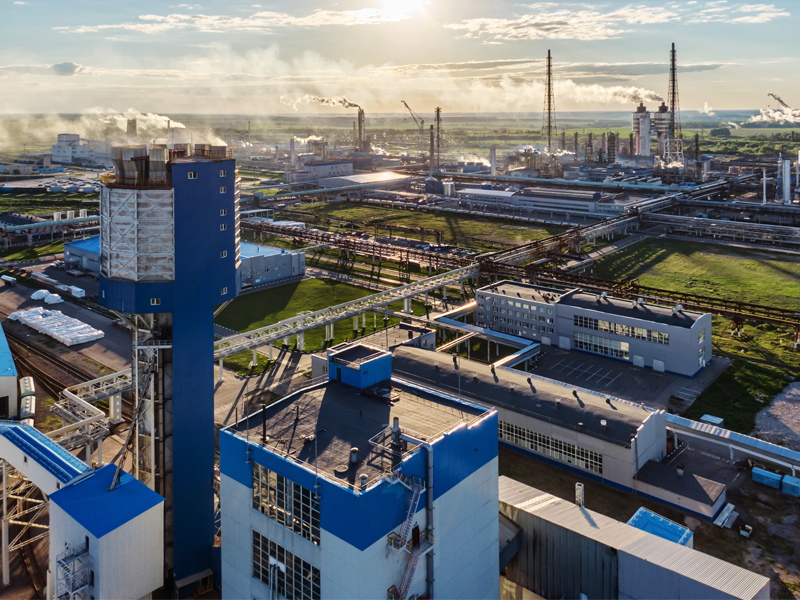
Authors
-
Tara Norton
Former Managing Director, BSR
In 2019 procurement executives can help advance their objectives by aligning with their colleagues in trade finance and the sustainability department. At the end of 2018, BSR and Bank of America Merrill Lynch held an event in London to discuss what our future supply chains will look like and how procurement, trade finance, and sustainability can work together.
The objectives and challenges of these three seemingly disparate groups are more aligned than you might think. As such, there is value in working together to achieve a shared vision for supply chain management.
Aligned Objectives
The 2018 Deloitte CPO survey showed that, once again, the top priority for procurement chiefs was cost savings, and their top strategy was consolidating spend.
Managing the corporate social responsibility (CSR) strategy rose to sixth position, which suggests that procurement and sustainability agendas are increasingly aligning. In some of our own research, we have found trade finance professionals want to integrate sustainability more firmly into their offerings, which implies there is room to work together.
Sustainability professionals also welcome efforts to consolidate spend among a smaller pool of suppliers, as long as CSR issues are considered in the equation. Indeed, working with a smaller number of first-tier suppliers can help focus sustainability efforts and improve performance in this area.
At the same time, when considering suppliers that are further upstream, all actors agree having improved visibility and a more connected supply chain is better. For sustainability, it enables them to have an impact where challenges exist; for procurement, it helps to better manage risk and ensure security of supply; and for trade finance, it opens up opportunities to provide financing to a broader array of companies with a wider set of service offerings.
Finally, everyone needs to digitalize. Digitalized supply chain finance is overtaking traditional trade finance mechanisms. Procurement chiefs are looking to digitalise their processes, while sustainability professionals are increasingly using digital tools, such as satellite imagery, to help in their efforts to drive performance.
Shared Challenges
There are shared challenges as well. The first is how they measure sustainability performance of suppliers at all tiers of the supply chain. As certifications, audits, and other traditional measurements of sustainability performance are being called into question, and as the number of databases and tools measuring sustainability performance increases, complexity grows.
Trade finance professionals need to consider this in their know-your-customer efforts, and buying organizations need to consider what they are going to ask for and potentially reward. The attendees to our event agreed there is a tremendous opportunity to learn from each other and harmonize efforts and datasets.
Another challenge these three face is in trying to break down silos. Sustainability professionals need to be in the room with finance and procurement, but they often don’t speak the same language. Procurement and finance can see some correlation between sustainable suppliers and high-performing suppliers, but they need a better articulation of this fact.
Finally, engaging and accessing upstream suppliers is a critical issue for everyone. Procurement knows some of the greatest supply chain risks lurk there, and this aligns nicely with sustainability’s perspective on where their biggest challenges lie. Trade finance can see opportunities to finance further up the chain, but they also need better access to be able to derisk the opportunities such that they become financially interesting.
In short, we can see a path forward from three siloed approaches—where procurement optimization, maximizing financial returns from trade finance, and achieving sustainability objectives in the supply chain could become truly integrated. Perhaps this is what supply chain transformation should really be about.
Topics
Let’s talk about how BSR can help you to transform your business and achieve your sustainability goals.







